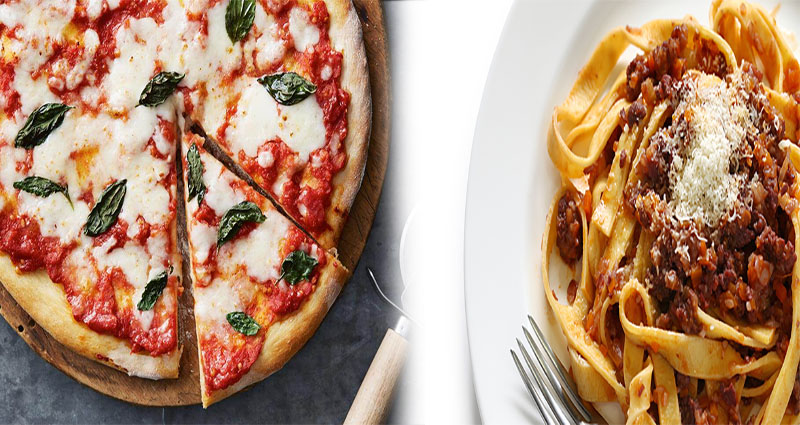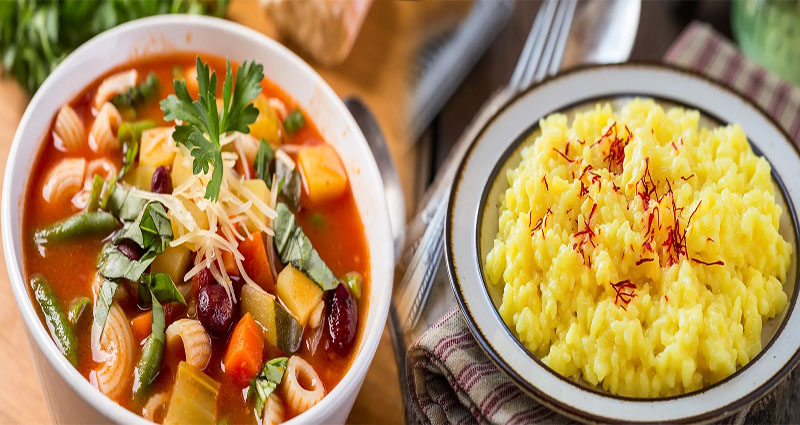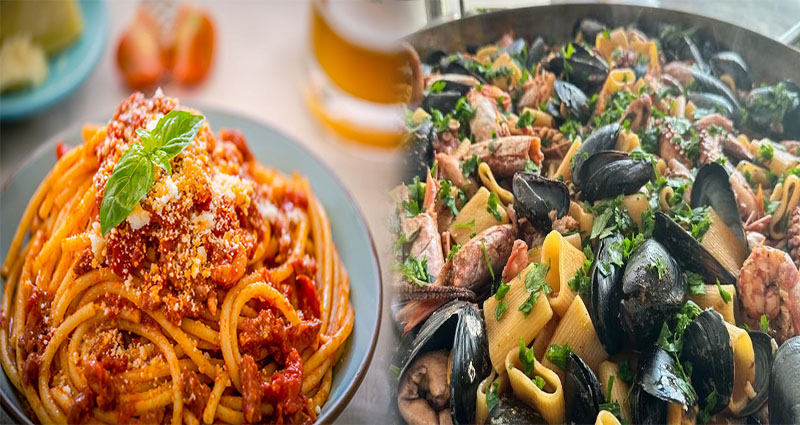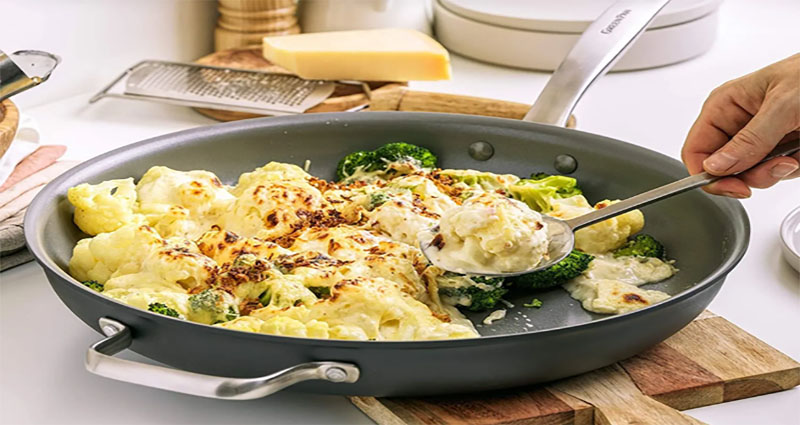Famous Italian Dishes and Their Origins
Italy is not only known for its rich history and stunning architecture but also for its mouthwatering cuisine. From pasta to pizza, Italian food has become popular all over the world. Let’s take a look at some famous Italian dishes and delve into their intriguing origins.
1. Pizza
Pizza is probably one of the most widely recognized and beloved Italian dishes. Its origins can be traced back to Naples, where the classic pizza Margherita was reportedly created in 1889 to honor Queen Margherita. It featured the colors of the Italian flag – red tomatoes, white mozzarella, and green basil. Over time, pizza has evolved into countless variations, from the classic Neapolitan to the New York-style and everything in between.
2. Pasta Carbonara
Pasta carbonara is a comforting and creamy dish, typically made with spaghetti, eggs, Pecorino Romano cheese, guanciale, and black pepper. The origins of pasta carbonara are somewhat mysterious, … Read More ...
Exploring the Enchanting Fusion of Italian Cuisine and Culture: Fascinating Facts to Discover
Italian cuisine and culture are inextricably linked, forming a harmonious union that has captivated people worldwide. From the delectable flavors of the dishes to the vibrant traditions that encircle food and dining, Italian culture embodies a passionate reverence for culinary arts. In this article, we will uncover some interesting facts that shed light on the captivating fusion of Italian cuisine and culture.
Diverse Regional Influences:
Italy’s culinary landscape is as diverse as the country itself, consisting of 20 unique regions, each with its own distinct flavors and culinary traditions. From the hearty, robust dishes of the north to the light, seafood-centric fare of the south, the regional diversity of Italian cuisine reflects the varied climates, landscapes, and historical influences that have shaped its rich tapestry of flavors.
The Art of Slow Food:
Italy is the birthplace of the Slow Food movement, a global initiative that champions the importance of preserving … Read More ...
Discovering the Rich History and Fascinating Facts of Traditional Italian Food
Italian cuisine is renowned worldwide for its rich flavors, diverse ingredients, and deep-rooted traditions. The history of traditional Italian food is steeped in centuries of culinary artistry, passed down through generations and influenced by the unique regional cultures of Italy. In this article, we will delve into the fascinating facts and intricate history that have shaped traditional Italian food into a beloved global culinary treasure.
The Origins of Italian Cuisine
The roots of traditional Italian food can be traced back to the ancient Roman Empire, where a dedication to indulgent feasts and lavish banquets formed the foundation of what would evolve into the diverse and remarkable cuisine we know today. With the passage of time, Italian food has been shaped by various external influences, including the Byzantines, Arabs, Normans, and Spanish, each leaving their mark on the country’s culinary landscape.
Regional Diversity
One of the most captivating aspects of traditional … Read More ...
Havana Nights & Great Gatsby Cocktails: Elevate Your Miami Event with Expert Mixology
In the heart of Miami, the fusion of cultural themes and cocktails creates an unparalleled experience for private events and parties, especially when embracing the enchanting atmospheres of “Havana Nights” and the opulent “Great Gatsby” themes. These motifs not only set the tone for an unforgettable soirée but also demand a curated selection of beverages that reflect the essence of each era. This is where the expertise of a professional mixologist becomes indispensable, transforming an ordinary gathering into a thematic extravaganza through the art of cocktail crafting.
Bringing Havana Nights to Life with Expert Mixology
A “Havana Nights” themed event is a celebration of Cuban heritage, vibrant colors, and sultry rhythms, which requires drinks that encapsulate the spirit of Havana’s lively streets and sultry nights. Hiring a mixologist ensures that your guests can enjoy authentic Cuban cocktails like Mojitos, Daiquiris, and Cuba Libres, each with a potential modern twist or … Read More ...
Discover the Health Benefits of Cooking With Ceramic Sauce Pans
Unlike Teflon, ceramic cookware is free of PTFE and PFOA, which have been linked to health issues. It’s also non-reactive, which means you can cook acidic foods like tomatoes and lemons without worrying about the cooking surface absorbing the flavor or changing the texture.
Use only wooden or silicone utensils with your ceramic pan, as metal can scratch the coating. Also, avoid high heat on these pans, as the oven-cured ceramic coating is not designed for searing and browning.
Nonstick
Ceramic sauce pans are nonstick, allowing you to cook low-fat meals without added oils or butter. They can also be used over higher heat, perfect for cooking acidic foods like spaghetti sauce or garlic chicken. Additionally, ceramic-coated cookware doesn’t absorb odors or flavors from your food, which helps keep your kitchen smelling fresh and clean.
As a bonus, ceramic cookware is made using nontoxic materials and is completely free of … Read More ...












